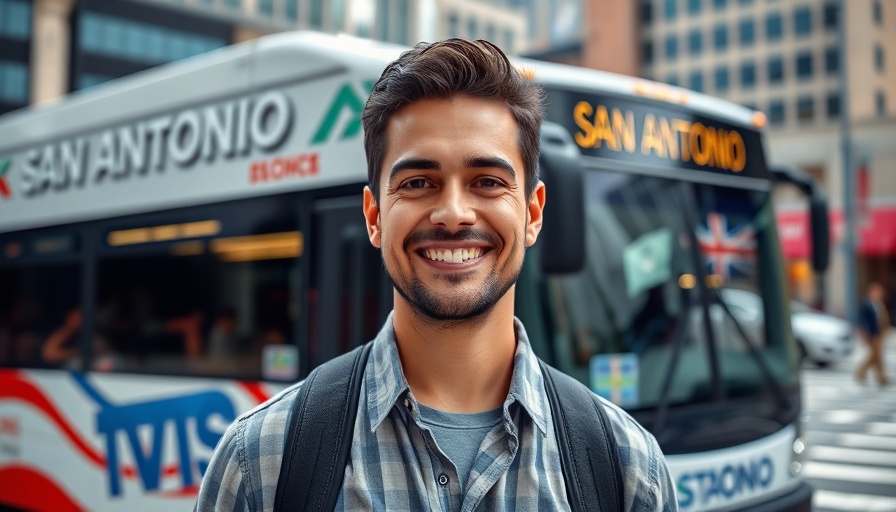
San Antonio’s Transportation Future: A Critical Concern
As San Antonio’s economy continues to flourish, effective transportation has emerged as a pivotal element for sustainable growth. The city, witnessing an upsurge in population, faces the pressing challenge of ensuring that its mobility infrastructure can support the increasing demand for efficient transit. This responsibility now falls on Jon Gary Herrera, the newly appointed chief executive of VIA Metropolitan Transit.
Leadership Transition at VIA: New Challenges and Opportunities
Jon Gary Herrera has stepped into his role as the head of VIA Metropolitan Transit after a substantial tenure as senior vice president. He succeeds Jeffrey Arndt, whose leadership over the past 13 years laid the foundational work for improved transit strategies. Herrera's familiarity with VIA will prove advantageous as he navigates the complexities of mobilizing the city’s transport network. He acknowledges his predecessors' impact and recognizes the need to convert significant investments into tangible ridership gains.
Innovative Transit Plans: The VIA Rapid Initiative
At the forefront of VIA's strategy is the VIA Rapid initiative, set to revolutionize public transport in San Antonio. This ambitious project includes dedicated transit corridors and synchronized traffic signals designed to expedite travel times significantly. The flagship Green Line project, showcasing a budget of $481 million, will connect the San Antonio International Airport to other key areas, with an expected launch in 2027. Plans are already underway for a second line aimed at enhancing connectivity across the city.
Navigating Post-Pandemic Ridership Challenges
The public transportation sector has faced unprecedented challenges, particularly in the wake of the COVID-19 pandemic. VIA experienced a decline from 41 million passengers in 2019 to about 27 million in 2023. However, Herrera reports a steady rise in ridership over the past year and a half, suggesting that with swift and efficient transit options, the city can encourage a larger share of commuters to embrace public transportation.
Funding: A Major Hurdle for Infrastructure
Despite the promising transit plans on the horizon, financial constraints loom over San Antonio's transportation infrastructure. According to previous executive Jeffrey Arndt, the city has faced notable underfunding relative to other metropolitan areas in Texas. Herrera will need to draw on his diverse experience across multiple sectors to advocate for necessary investments in transit infrastructure that can bolster the city’s mobility.
Looking Ahead: Delivering Results and Ensuring Mobility
Herrera’s seasoned background equips him to meet the challenges of San Antonio’s transportation future. He emphasizes that the lessons learned throughout his career will inform his strategy in this leadership position, aiming to align the agency’s objectives with the community’s growing mobility needs. This leadership transition is a crucial moment for VIA as it strives to enhance public transportation amid evolving urban dynamics.
Actionable Insights for San Antonio Residents
For San Antonio residents, understanding the ongoing changes in mobility and public transit can lead to more informed decisions. As infrastructure evolves with new projects, residents should remain engaged and advocate for necessary funding to ensure these improvements come to fruition. Keeping informed about VIA’s developments will also provide insights into effective transportation options as they become available.
In conclusion, San Antonio’s transportation future hangs in the balance, with new leadership and innovative plans poised to usher in a new era of mobility. As we look forward to enhanced public transit, it's essential for residents to stay engaged and proactive in discussions about their city's transportation development.
 Add Element
Add Element  Add Row
Add Row 



 Add Row
Add Row  Add
Add 


Write A Comment